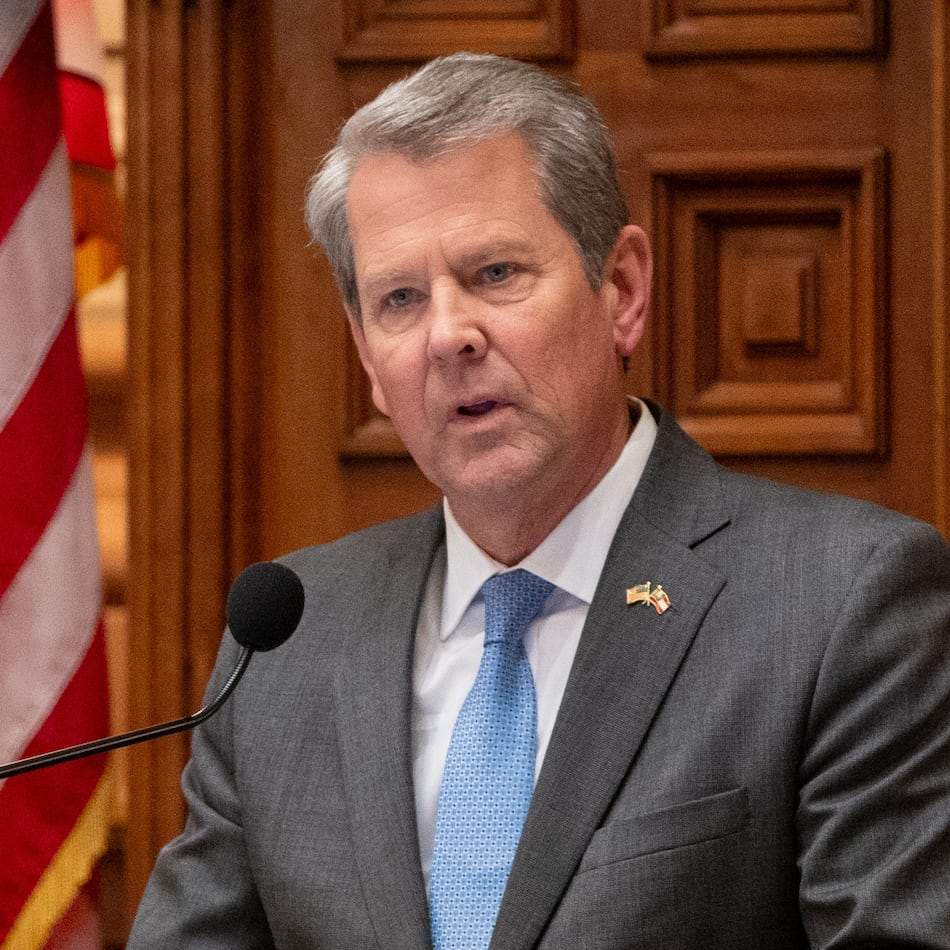Protesting presidents is as old as America itself. But what happened on Monday in Atlanta and across the country was as much about Elon Musk as it was President Donald Trump.
Hundreds of people gathered in front of the Georgia State Capitol to oppose the Trump administration as part of a movement dubbed “50501″ because of its goal to hold 50 protests in 50 states on one day.
Much of the ire was directed at Musk, the Tesla and SpaceX CEO who has been given broad authority to examine the federal bureaucracy and purge its ranks of what he deems superfluous employees. It’s part of the Trump administration’s Department of Government Efficiency initiative, also known as DOGE.
Signs bobbed up and down throughout the lunchtime crowd declaring “This Musk stop!” and “Fire President Musk.” Occasional chants of “deport Musk!” popped up, interrupted at times by drivers who honked to show their support.
The protesters included Jason Poe, a 44-year-old federal worker who said his wife has been placed on administrative leave from her job at the Environmental Protection Agency with no indication as to what will happen next. She could find another job, but then she’d have to resign and lose some of the rights afforded government workers who are laid off through normal procedures.
“It’s by design, I think, to keep people confused and kind of in the dark about what their next step is supposed to be,” Poe said. “As soon as the inauguration, folks in the federal government started getting these communications. …We knew it was coming from DOGE, and we understand that Musk is the driver of this.”
Credit: Arvin Temkar/AJC
Credit: Arvin Temkar/AJC
Trump sparked massive protests shortly after taking office in his first term, a reflection of the shock many Americans felt about an election where the Democratic candidate, Hillary Rodham Clinton, had been heavily favored to win. The Women’s March in 2017 attracted more than 500,000 people to Washington and was backed by millions of others in similar demonstrations nationwide, including about 60,000 people in Atlanta.
But the reaction to a second Trump term has been more muted. The second iteration of the Women’s March last month had far fewer people. But Trump’s orders to drastically shrink the size of the federal government could galvanize other protesters.
“I have a lot of friends who have been fired from federal jobs,” said Jennifer Holbach, an Atlanta resident who attended Monday’s protest. “I’m worried about everything from the FAA to the IRS.”
Credit: Adam Beam
Credit: Adam Beam
It’s unclear how deep this feeling extends among the state’s voters. Georgia voted for Trump in November, and the state’s Republican leaders have been busy aligning themselves with his policies.
Last week, the Trump administration laid off about 1,300 probationary workers at the Atlanta-based Centers for Disease Control and Prevention. It prompted alarm from Georgia’s Democratic U.S. senators. But Republican Gov. Brian Kemp, a potential U.S. Senate candidate in 2026, said the federal government could learn from Georgia’s example.
“I know they have some layoffs at the CDC and other things, but government can stand a little rightsizing,” he told Politico during a visit to the Munich Security Conference in Germany.
About the Author
Keep Reading
The Latest
Featured





